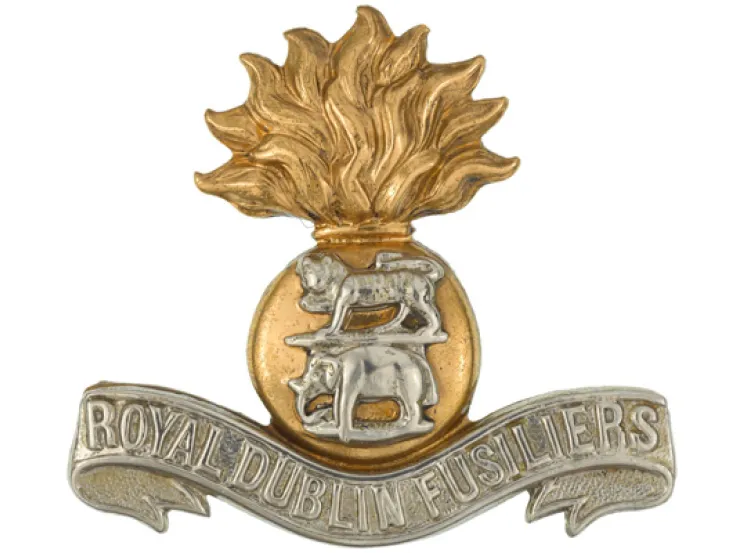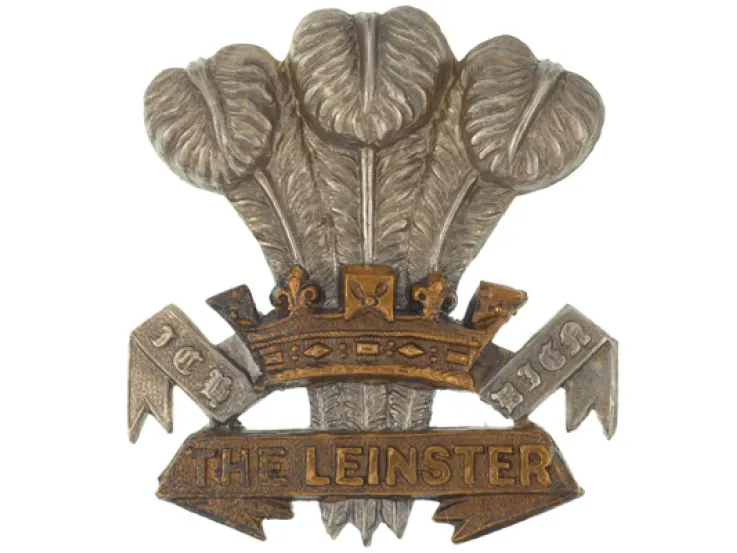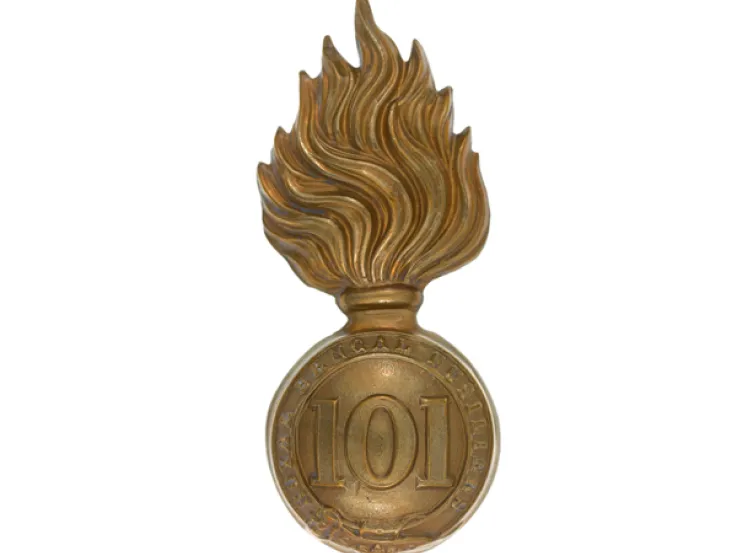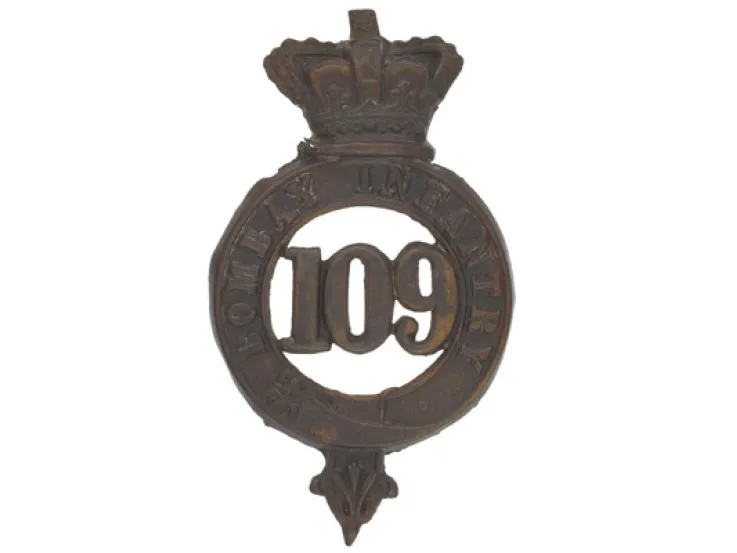Origins
In 1661, Bombay (now Mumbai) became a British possession as part of Catherine of Braganza’s marriage dowry to King Charles II. A year later, the king raised four independent companies to garrison his new territory.
When Charles transferred Bombay to the East India Company in 1668, these units were turned into the Bombay Regiment and put under Company control.
Deployments
In 1751, the regiment was sent to fight in the Second Carnatic War (1749-54), a proxy war fought between France and Britain’s Indian allies in southern India. It later fought in Bengal during the Seven Years War (1756-63), including Robert Clive’s victory at Plassey in 1757.
It served at the Battle of Buxar in Bengal in 1764 and was sent to Persia (now Iran) three years later. It was back in India by 1789, where it took part in the Third Mysore War (1789-92) and then in Tipu Sultan’s final defeat at Seringapatam in the Fourth Mysore War (1799). Its next major engagement was the Battle of Khadki (1817) during the Third Maratha War (1817-18).
In 1821, the regiment joined an expedition to Eastern Arabia to defeat the Bani Bu Ali tribe, which was opposing an anti-piracy treaty between Britain and the Arabian sheiks. It returned to the Arabian peninsula in 1839, forming part of the expedition which founded the British protectorate of Aden (now part of Yemen).
The same year, it was renamed as the 1st Bombay (European) Regiment to distinguish it from the newly formed 2nd Bombay (European) Regiment, which later became the 106th Foot.
Transfer to Crown
The 1st Bombay (European) Regiment became a fusilier unit in 1844. It served in the Second Sikh War (1848-49), including the Siege of Multan (1848-49) and the Battle of Gujerat (1849). It then fought during the Indian Mutiny (1857-59).
As with all other European units of the East India Company, it was placed under the command of the Crown in 1858. Formally marking its move to the British Army, in 1862 the regiment was given the numeral 103 in the line infantry order of precedence. It was also granted the title 'Royal’.
It arrived in Britain for the first time in 1871. That year, Queen Victoria’s son Prince Arthur presented it with new Colours at Parkhurst on the Isle of Wight.
Legacy
In 1881, it was merged with the 102nd Regiment of Foot (Royal Madras Fusiliers) - another former East India Company fusilier regiment - to form The Royal Dublin Fusiliers.










